Reykjavík transcends its reputation as merely the gateway to Iceland’s geothermal wonders, offering cultural richness, architectural distinctiveness, and urban experiences that stand independent from the country’s famous hot springs. While the Blue Lagoon and neighborhood thermal pools certainly define part of the Icelandic experience, Iceland’s capital rewards visitors who explore its museums, design scene, music culture, and maritime heritage.
The compact city center packs remarkable diversity into walkable neighborhoods, all worth exploring regardless of your interest in geothermal bathing. Here are 15 memorable experiences that showcase Reykjavík’s surprising depth—no bathing suit required.
Hallgrímskirkja Observation Deck
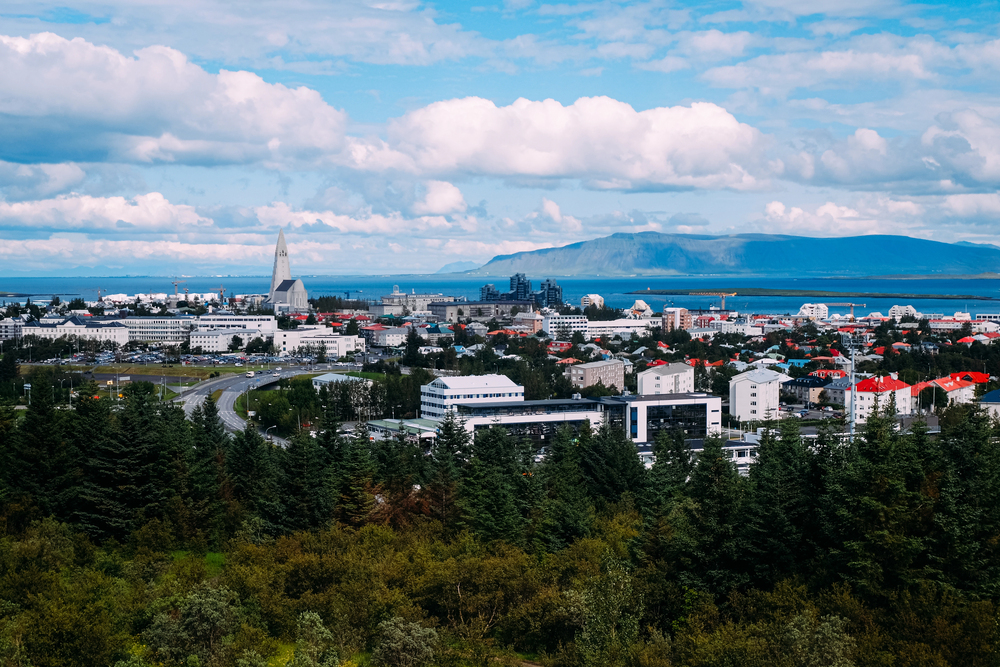
This distinctive church—Reykjavík’s tallest structure—features a concrete exterior inspired by Iceland’s basalt columns rising dramatically above the city center. The observation deck accessed by elevator provides 360-degree views encompassing colorful rooftops, distant mountains, and Faxaflói Bay’s extensive coastline.
The massive pipe organ with 5,275 pipes frequently features in lunchtime concerts, filling the minimalist Lutheran interior with powerful music. Outside, a dramatic statue of Leif Erikson—a gift from the United States in 1930—predates the church and honors the 1,000-year anniversary of Iceland’s parliament.
Kolaportið Flea Market

This weekend-only institution near the Old Harboris set inside a repurposed coal warehouse and serves as Iceland’s largest indoor market. Locals browse vintage treasures, traditional foods, and unexpected bargains.
The fish section offers traditional fermented shark (hákarl) alongside dried fish jerky (harðfiskur) eaten with butter. Vintage clothing sections reveal Icelandic fashion evolution through distinctive lopapeysa sweaters spanning decades of design variation.
The market’s hustle creates perfect people-watching while experiencing authentic local commerce rather than tourist-oriented shopping.
Like Travel Pug’s content? Follow us on MSN.
Reykjavík Art Museum
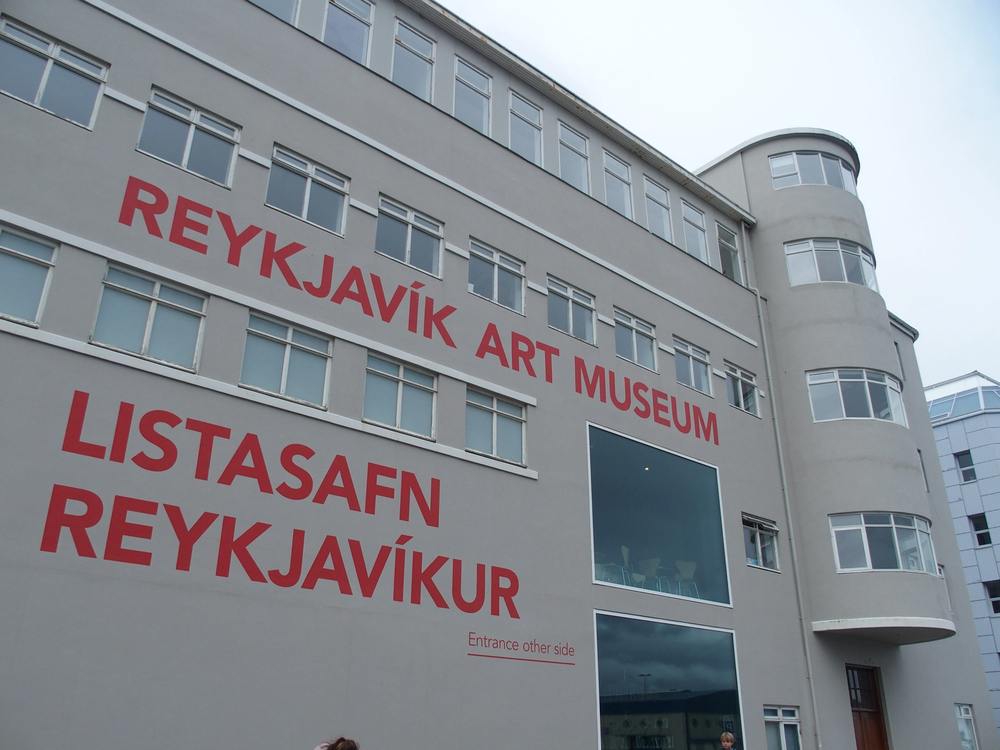
This municipal institution spans three distinct locations throughout the city, each with different focus areas ranging from contemporary installations to established Icelandic masters. The Hafnarhús location near the harbor occupies a renovated warehouse featuring cutting-edge contemporary exhibitions alongside permanent installations by Erró, Iceland’s most famous pop artist.
Kjarvalsstaðir showcases traditional landscape paintings by Johannes Kjarval within a stunning modernist building surrounded by sculpture gardens. Ásmundarsafn displays work by sculptor Ásmundur Sveinsson in his former studio home with its distinctive domed architecture.
Punk Museum
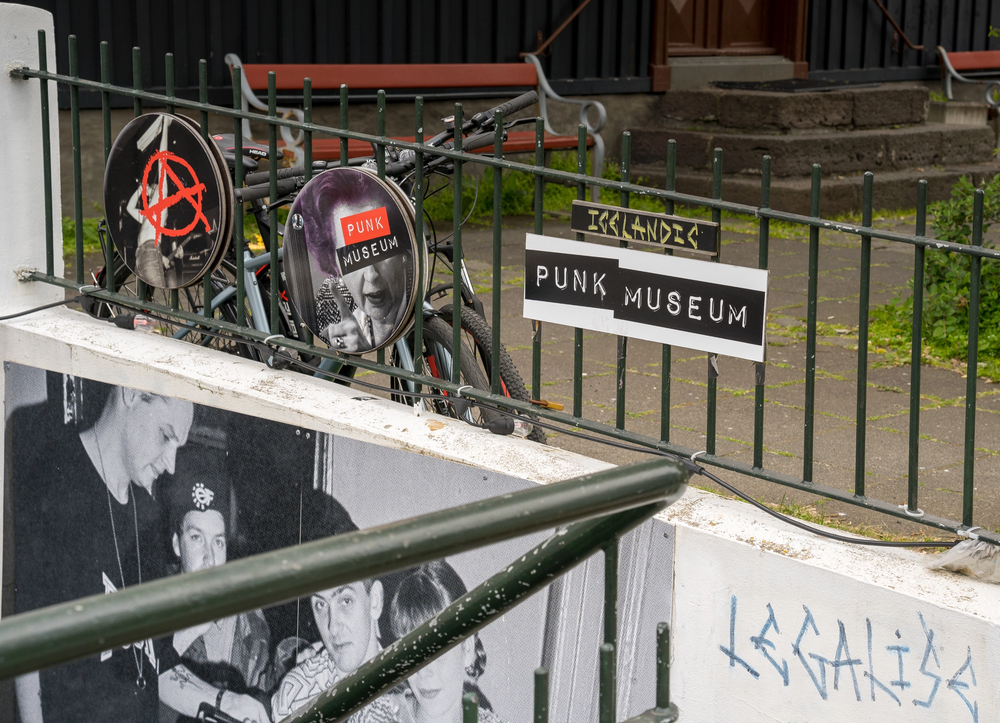
This tiny underground museum occupies a former public toilet beneath the city’s main shopping street, documenting Iceland’s influential punk scene through memorabilia, photographs, and audio stations playing seminal recordings. Established by members of pioneering bands, the museum contextualizes how this isolated island developed distinctive musical interpretations of international movements.
Handwritten signage and cramped quarters recreate the intimate, do-it-yourself spirit of early punk venues.
Harpa Concert Hall

This stunning glass structure on the harbor front represents Iceland’s architectural ambition through geometric panels inspired by basalt formations that transform with changing light conditions throughout the day. The interior public spaces remain open for exploration even without concert tickets, revealing spectacular views through the crystalline exterior. Regular free lunchtime performances in the lobby showcase emerging musicians across genres from classical to electronic experimental works.
The building’s dramatic presence symbolizes Iceland’s commitment to cultural infrastructure despite the 2008 financial crisis that nearly halted its construction.
Like Travel Pug’s content? Follow us on MSN.
Grandi Harbor District
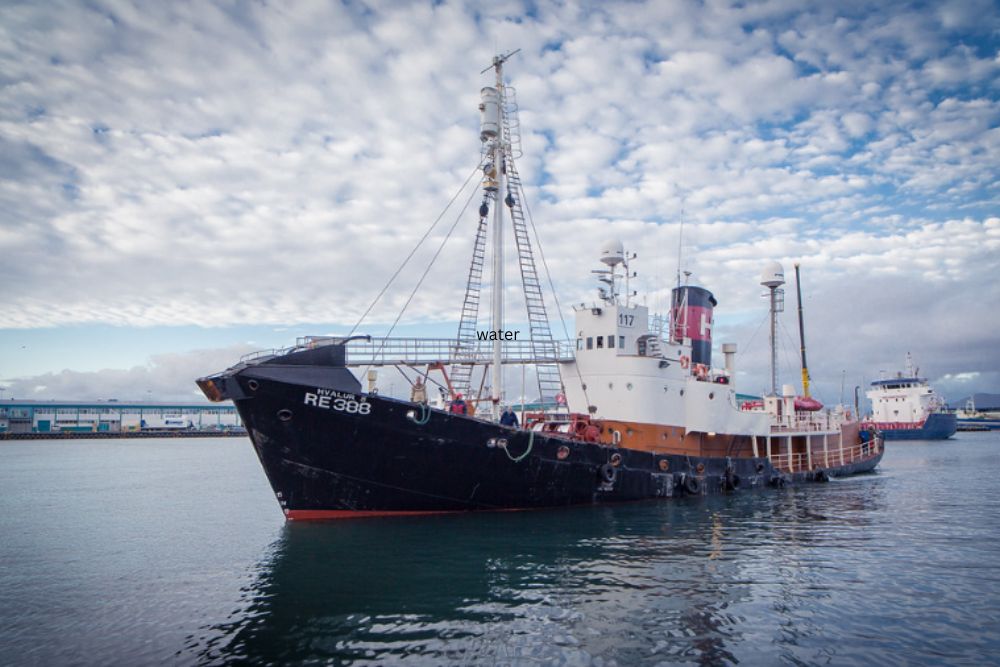
This former industrial fishing area has transformed into Reykjavík’s creative quarter while maintaining maritime connections through working harbor facilities alongside new cultural destinations. The Marshall House contains three contemporary art galleries spread across different floors of a converted herring processing plant.
Nearby food halls showcase modern Icelandic cuisine utilizing ultra-fresh ingredients from waters visible through the windows. The Saga Museum brings historical figures to life through remarkably realistic wax figures depicting key moments from Iceland’s rich narrative traditions.
Viðey Island

This uninhabited island, accessible by ferry from the Old Harbor, offers remarkably diverse experiences within its small area, including historic buildings, contemporary art, and scenic hiking trails. Yoko Ono’s “Imagine Peace Tower” projects a powerful light column into the sky between October and December from a base inscribed with “Imagine peace” in 24 languages.
The island’s abandoned village includes Iceland’s oldest stone building alongside a historic church with distinctive architecture. The short ferry crossing provides spectacular city views while creating a sense of removal from the urban bustle.
Einar Jónsson Museum

This overlooked gem showcases Iceland’s most influential sculptor within his former home and studio adjacent to Hallgrímskirkja. The intimate gallery spaces display powerful symbolic works addressing mythology, religion, and human experience through distinctive modernist interpretation.
The surrounding sculpture garden contains bronze casts of major works accessible free of charge even when the museum is closed. The building itself—designed by the artist—integrates architectural elements reflecting the sculptural themes presented within its walls.
Like Travel Pug’s content? Follow us on MSN.
National Museum of Iceland

This comprehensive institution presents Iceland’s complete history from settlement through contemporary times within thoughtfully designed exhibition spaces connecting objects with compelling narratives. The permanent exhibition “Making of a Nation” displays remarkable artifacts, including intricate medieval woodcarvings, ornate silver work, and everyday objects illustrating Icelandic adaptation to challenging environmental conditions.
The museum’s contemporary approach balances scholarly accuracy with engaging storytelling techniques accessible to visitors regardless of previous knowledge about Icelandic history. Interactive elements encourage deeper exploration of specific historical periods.
Nauthólsvík Geothermal Beach

While it involves geothermal heat, this urban beach offers a different twist: a manmade sandy cove where heated water meets the icy Atlantic. In summer, locals swim in the protected, relatively warm waters.
In winter, dramatic steam rises over the sand, creating surreal contrasts. Nearby trails connect to pine-covered Öskjuhlíð hill, an anomaly in Iceland’s mostly treeless terrain.
Árbær Open Air Museum
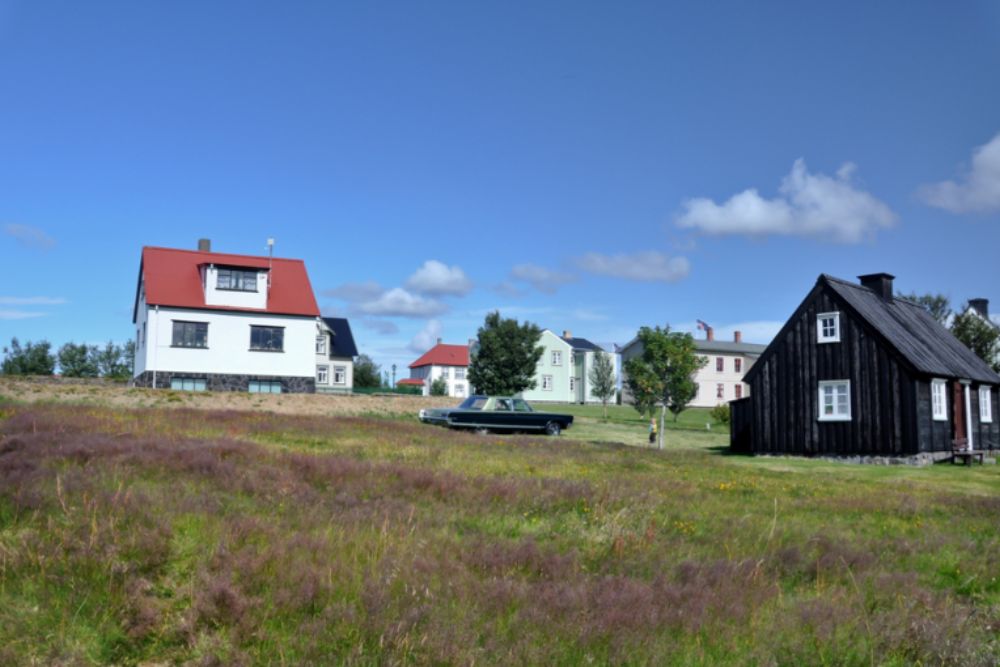
This collection of more than 20 buildings relocated from central Reykjavík preserves architectural heritage while demonstrating daily life across different periods of the city’s development. Staff in period-appropriate clothing demonstrate traditional crafts, including wool processing, bread baking, and carpentry techniques throughout the recreated village setting.
The buildings range from turf-roofed structures representing early settlement patterns to distinctive painted wooden houses from the early 20th century. Special events throughout the year recreate historical celebrations, including Christmas traditions practiced during Iceland’s centuries of Danish rule.
Like Travel Pug’s content? Follow us on MSN.
Whales of Iceland Exhibition
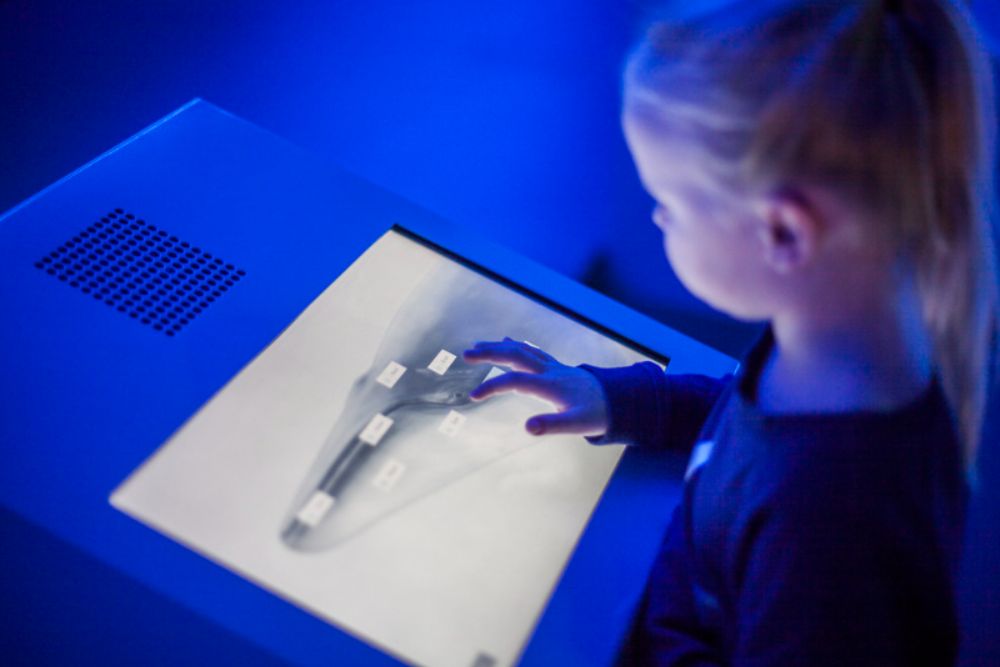
This immersive museum near the Old Harbor features life-sized models of the 23 whale species found in Icelandic waters, creating powerful encounters with these magnificent creatures without environmental impact. Interactive displays explain cetacean biology, migration patterns, and conservation challenges through engaging multimedia presentations.
The exhibition thoughtfully addresses Iceland’s complicated relationship with whaling through multiple perspectives rather than simplistic narratives. The atmospheric lighting and soundscape create a meditative space for appreciating these remarkable marine mammals.
Laugavegur Shopping District

This main commercial street offers exceptional design shopping featuring Icelandic wool products, innovative lighting fixtures, and distinctive housewares reflecting Nordic aesthetic sensibilities. Between boutiques, numerous cafés provide perfect vantage points for observing local street life while sampling exceptional coffee and pastries.
The street’s name—meaning “wash road”—refers to its historical function as a route women took carrying laundry to geothermal washing spots. The surrounding side streets reveal street art, hidden courtyards, and architectural details spanning decades of Reykjavík’s development.
Hafnarfjörður Elf Walk
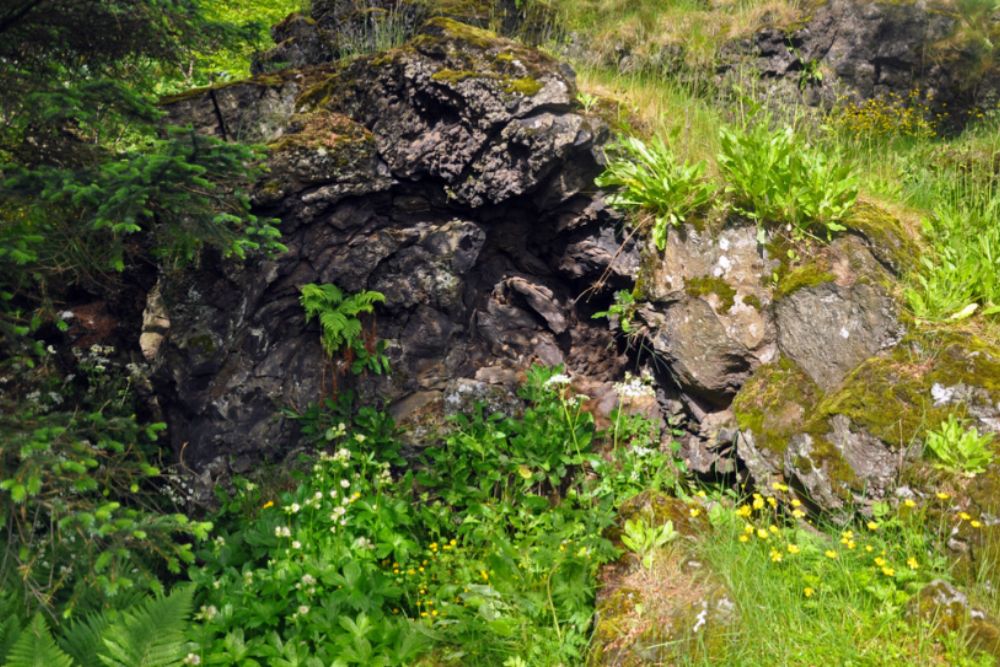
Just outside Reykjavík proper, this adjacent town offers self-guided tours identifying locations associated with huldufólk (hidden people) through informational signs explaining this distinctive aspect of Icelandic folklore. The walk connects significant lava formations believed to house supernatural beings that continue influencing contemporary city planning decisions.
Local guides share stories of construction projects rerouted to avoid disturbing important elf dwellings identified by seers. The walk provides insight into how ancient beliefs continue influencing modern Icelandic culture despite the country’s technological advancement.
Like Travel Pug’s content? Follow us on MSN.
Nordic House
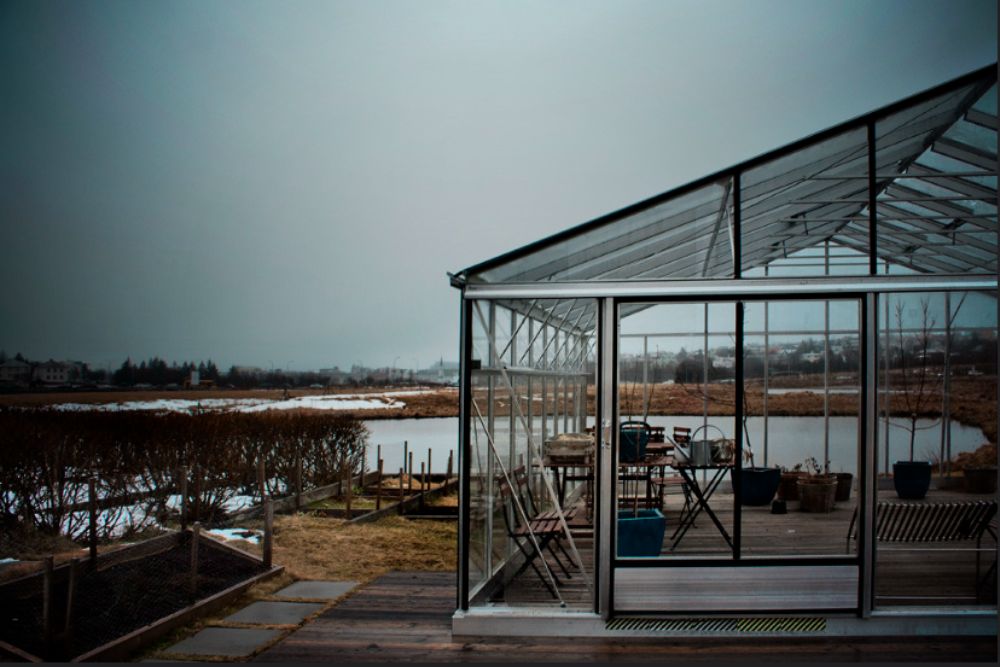
This cultural institution, designed by celebrated Finnish architect Alvar Aalto, promotes cultural exchange between Nordic countries through exhibitions, lectures, and literary events. The distinctive building exemplifies Aalto’s organic modernism through careful integration with the surrounding landscape and characteristic attention to natural light.
The excellent restaurant showcases New Nordic cuisine principles through seasonal ingredients, while the library contains extensive collections in multiple Nordic languages. Regular film screenings present works from across the region, rarely shown elsewhere in Iceland.
Beyond the Steam Clouds

Reykjavík reveals a multifaceted identity through these experiences beyond geothermal waters, showcasing the distinctive cultural heritage, design innovation, and contemporary creativity within its compact urban center. The city richly rewards curious travelers willing to explore beyond standard tourist itineraries with experiences creating meaningful connections to Icelandic culture, past and present.
Understanding Reykjavík through these diverse experiences transforms visits from merely seeing the capital into genuinely experiencing what makes this northerly city so distinctive. These authentic encounters ultimately reveal why this small metropolis generates cultural influence far exceeding its modest population—not through its famous hot springs but through its remarkable creative energy and distinct island perspective.
More from Travel Pug

- Cities Growing so Fast You Won’t Recognize Them in 10 Years
- 13 Destinations Where Tourists Regularly Regret Their Trip
- 20 Obscure WWII Sites Even History Buffs Don’t Know About
- 10 Under-the-Radar Mountain Towns That Are Both Affordable and Beautiful
- Remote Villages in Europe Where You Can Live for Free in Exchange for Work
Like Travel Pug’s content? Follow us on MSN.
